Interesting alternatives to traditional pathogen control medication
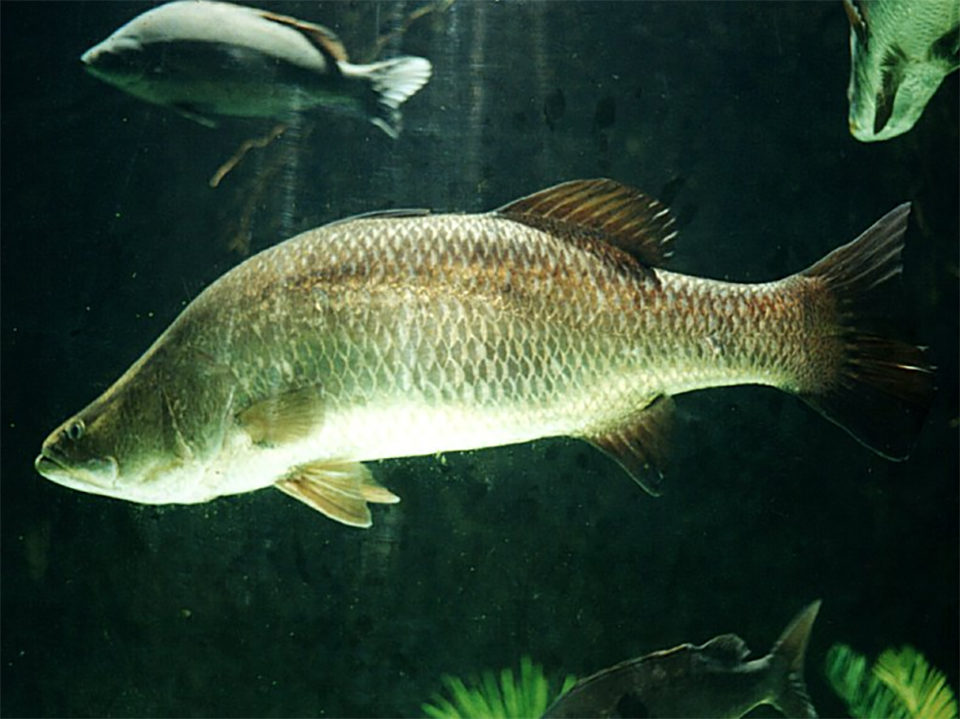
There are many ways to control bacterial disease outbreaks in aquaculture and one of the most common control methods is to use antibiotics. However, a growing awareness of consumers opposing the use of antibiotics in aquaculture production means that some farmers are now banned from selling aquatic products to export markets. The extensive use of such antimicrobials is linked to the development of antibiotic-resistant bacterial strains and the transfer of resistant genes between different bacterial species. The emergence of pathogenic-resistant bacteria has negative impacts, not only on aquaculture, but also on human health. It also negatively affects consumer perception.
Therefore, the demand for more environmentally friendly alternatives is higher than ever. Antimicrobial substances such as organic acids and plant extracts are now commonly used in the fish farming industry. Additionally, other solutions like yeast cell walls can prevent disease by enhancing the innate immune system of fish whereas vaccines only enhance adaptive (acquired) immunity.
Organic acids to control pathogens in fish
Organic acids, or combinations of acids, are an efficient tool for improving growth performance, gut morphology and pathogen control in aquaculture. Recently researchers have focused on the role of organic acids and their salts to prevent and control diseases with great success. They demonstrated, for example, that dietary supplementation with organic salts, such as propionate and butyrate, improved gut morphology under hypoxia and reduced enteritis symptoms (in high soya bean meal diets) in Nile tilapia (Oreochromis niloticus). Similarly, scientists have demonstrated the very strong anti-microbial effect of organic acids under challenge with the pathogenic bacterium Streptococcus agalactiae and a high potential to exert beneficial effects on growth, nutrient utilization and disease resistance in tilapia.
While the effects of organic acids on pathogenic bacteria are not yet fully clear, it is commonly understood that they can exert either bacteriostatic or bactericidal effects depending on the physiological status of the organism and the physicochemical characteristics of the environment. Un-dissociated organic acids are lipophilic and can easily bypass the plasma membrane of bacteria. Once inside the cells, where pH levels are usually more neutral than in the outer environment, organic acids dissociate in their anions and protons.
Traditionally, it has been assumed that the cytoplasmic pH drop caused by this mechanism is the main toxic efficacy of organic acids. Recently, other toxicity mechanisms have been proposed such as the capability of these acids to interfere with cytoplasmic membrane structure and functionality, as well as interference with nutrient transport, electron transport and macromolecular synthesis inside the cells.
Scientists cultured a number of pathogens in growth medium, with and without the enhanced organic acid Biotronic® Top3 from BIOMIN. The pathogens were chosen based on their ability to cause widespread disease and high economic losses in aquaculture, and included Aeromonas spp., Edwardsiella sp., Pseudomonas sp., Streptococcus sp., Vibrio spp. and Yersinia sp. Researchers observed that Biotronic® Top3 effectively reduced the growth of all pathogens (Fig. 1). A version of this article was originally published in International Aquafeed magazine.
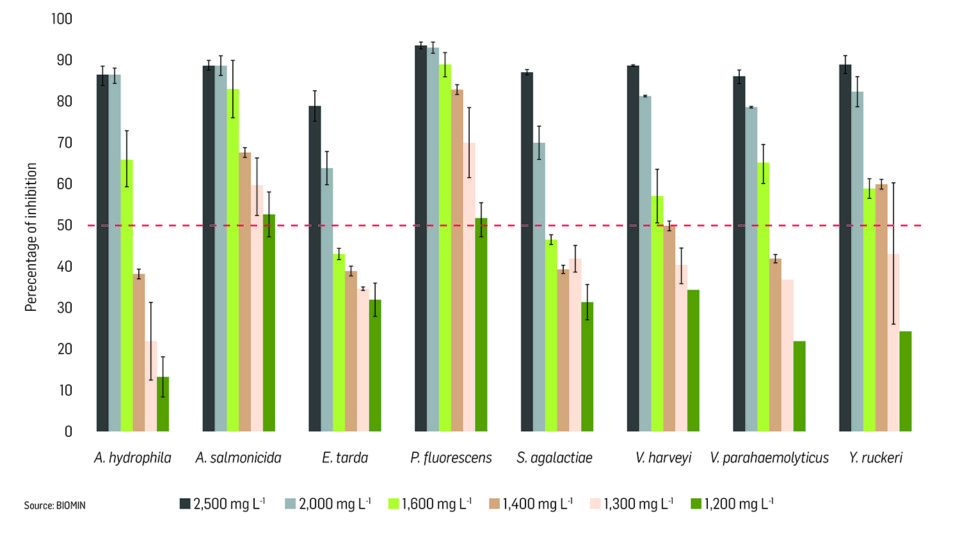
Our enhanced organic acid was most effective against Gram-negative pathogens, although inhibition of Streptococcus was also observed. This is not surprising, since the formulation contains a unique BIOMIN® Permeabilizing Complex, specifically designed to weaken the outer membrane of Gram-negative bacteria.
Choosing a science-backed solution
The organic acid market within aquaculture is vast and choosing the correct solution can be confusing. It is important that products are assessed using both in vitro and in vivo models. A recent peer-reviewed publication demonstrated how our enhanced organic acid, an enhanced acidifier, can be used to reduce pathogens and improve disease resistance in aquaculture.
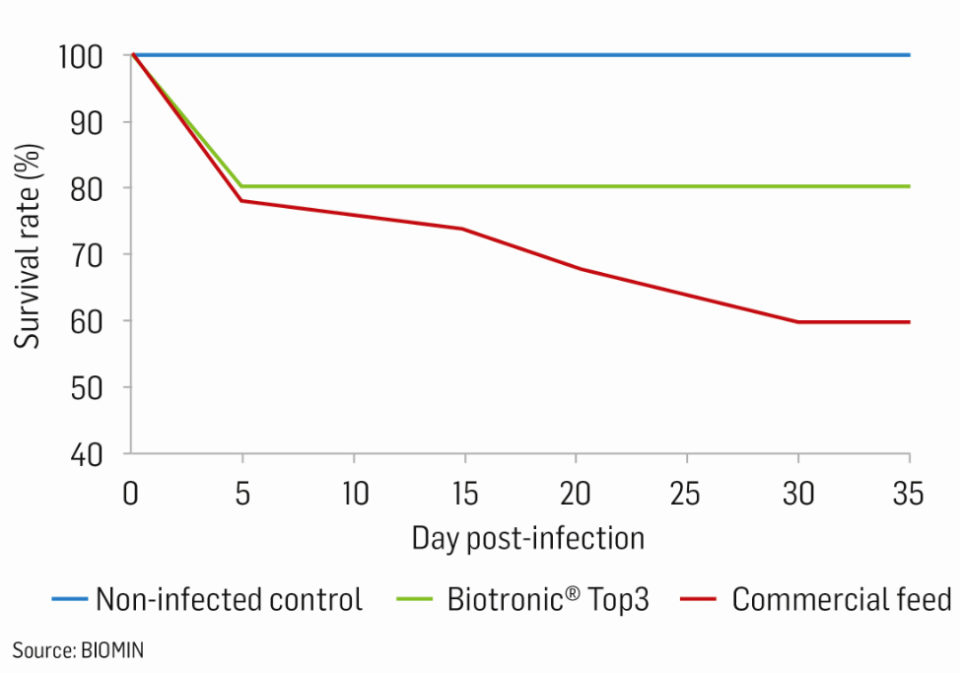
In one in vivo study, specific pathogen free (SPF) rainbow trout (Oncorhynchus mykiss) were split into two groups and received either a commercial feed or the same feed supplemented with Biotronic® Top3. After 25 weeks, fish were artificially infected with Aeromonas salmonicida by intraperitoneal (IP) injection, immersion and cohabitation. For quality control purposes, fish in both treatments were also ‘mock’ infected to take into account background mortality. Once the infection had taken its course, the survival rate was calculated (Fig. 2). In control tanks, mortalities were observed immediately indicating the virulence of the pathogen. In the treatments with our enhanced organic acid, much slower death rates were seen, indicating that the infection could be slowed down. This may benefit fish farmers as they can identify and treat diseases before incurring huge losses. After 35 days of challenge, fish supplemented with our enhanced organic acidshowed a considerably higher survival rate of 80 percent, compared to just 60 percent in control tanks, indicating the protective capabilities of Biotronic® Top3. Furthermore, the rainbow trout that received our enhanced organic acid had a significantly higher survival rate (70 percent) compared to those not receiving the supplement (25 percent) when challenged via IP injection.
Autolyzed yeast to enhance marine fish immunity
The immune system is a set of cellular and humoral components used to defend the body against foreign substances, such as microorganisms, toxins or malignant cells. They respond to factors such as endogenous or exogenous components that stimulate the immune system. The fish immune system is divided into innate and adaptive (memory), both further divided into cell mediated defense and humoral factors (soluble substances). Today, it is known that these systems work together in order to destroy invaders or to trigger defense processes.
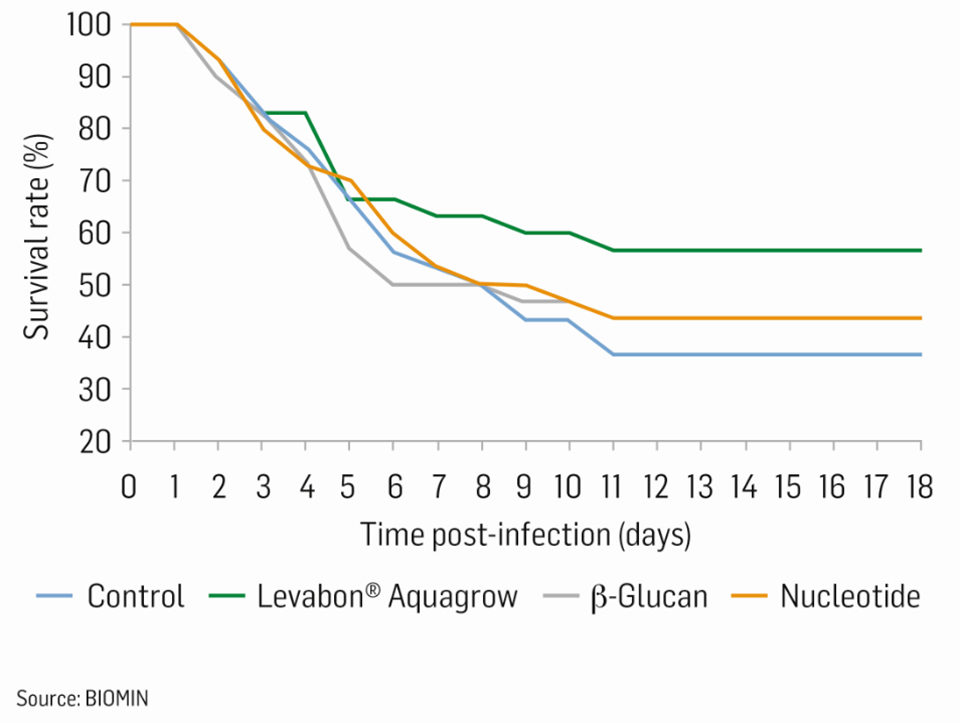
The innate system includes all components present in the body before the appearance of the pathologic agent and acts as the first line of defense with a faster reaction than the specific system. Among these components are the skin as a physical barrier, the complement system, the antimicrobial enzymes, the interleukins, the interferons and the organic defense cells, such as granulocytes, monocytes, macrophages and natural killer cells.
Autolyzed yeast (containing the cell walls and available nutrients) is well known in the aquaculture industry to support immune defense mechanisms. Autolyzed yeast consists of concentrations of yeast cells that are allowed to die and break up, so that the endogenous enzymes of the yeast break their proteins down into simpler compounds which are then available for animals (e.g. amino acids, peptides, nucleotides). Autolyzed yeast cell walls contain mannan-oligosaccharides (MOS), β1,3 and β1,6 glucan, chitin and nucleotides. β-glucans are glucose-based polysaccharides that have an immune-stimulant effect in aqua species. They activate several immune cells including macrophages, neutrophils, monocytes, natural killer cells and dendritic cells. MOS have three main modes of action: improvement of gastrointestinal health, modulation of the immune system and pathogen absorption.
A study was conducted to evaluate the effect of several immune-stimulants in Asian sea bass (Lates calcarifer). A total of four treatments were tested: a control (commercial feed), the commercial feed supplemented with Levabon® Aquagrow (autolyzed yeast), the commercial feed supplemented with β-glucan, and the commercial feed supplemented with nucleotides. After eight weeks, fish were artificially infected with Streptococcus iniae by IP injection at 107CFU/ml. The results showed that in control tanks, the survival rate was only 37 percent 11 days post-challenge. The treatment containing our autolyzed yeast product gave the highest survival rate at 57 percent. Single immune-stimulants (β-glucan and nucleotides) showed an intermediate survival rate of 43 percent (Fig. 3).
Fish fed Levabon® Aquagrow had higher circulating white blood cells (Fig. 4). Considering the important protective role leukocytes play, it is not surprising that fish with higher numbers of these immune cells can fight pathogens more effectively, improving survival.

Conclusions
Disease outbreaks are a persistent threat to the profitability of aquaculture farms. Dietary supplementation with the organic acid blend Biotronic® Top3 can improve survival in trout during a challenge with Aeromonas salmonicida but also inhibits the growth of a wider range of Gram-negative and Gram-positive bacteria pathogens. Acidifiers can improve gut health, increase nutrient utilization by reducing the pathogen load, and increase disease resistance without compromising growth performance.
Additionally, several immune-stimulant substances have demonstrated a positive improvement on the survival rate of Asian sea bass after a bacterial disease challenge with Streptococcus iniae. In this study, the autolyzed yeast Levabon® Aquagrow containing the full blend of immuno-stimulants had better efficacy than the single β-glucan or nucleotide application. For aquaculture producers who want to avoid the sub-therapeutic use of antibiotics, Biotronic® Top3 and the autolyzed yeast Levabon® Aquagrow offer an interesting alternative to traditional pathogen control medication, opening the door to higher profitability.
References available from first author.
Now that you've reached the end of the article ...
… please consider supporting GSA’s mission to advance responsible seafood practices through education, advocacy and third-party assurances. The Advocate aims to document the evolution of responsible seafood practices and share the expansive knowledge of our vast network of contributors.
By becoming a Global Seafood Alliance member, you’re ensuring that all of the pre-competitive work we do through member benefits, resources and events can continue. Individual membership costs just $50 a year.
Not a GSA member? Join us.
Authors
-

David Bal
Regional Technical Manager – Aquaculture
BIOMIN Holding GmbH, Getzersdorf, Austria[116,101,110,46,110,105,109,111,105,98,64,115,101,110,105,104,46,110,97,121,114]
-

Antonia Tacconi, Ph.D.
Global Product Line Manager – Acids
BIOMIN Holding GmbH, Getzersdorf, Austria -

Benedict Standen, Ph.D.
Product Manager – Microbials
BIOMIN Holding GmbH, Getzersdorf, Austria -

Anwar Hasan, MSc
Regional Technical Manager – Aquaculture
BIOMIN Holding GmbH, Getzersdorf, Austria
Tagged With
Related Posts
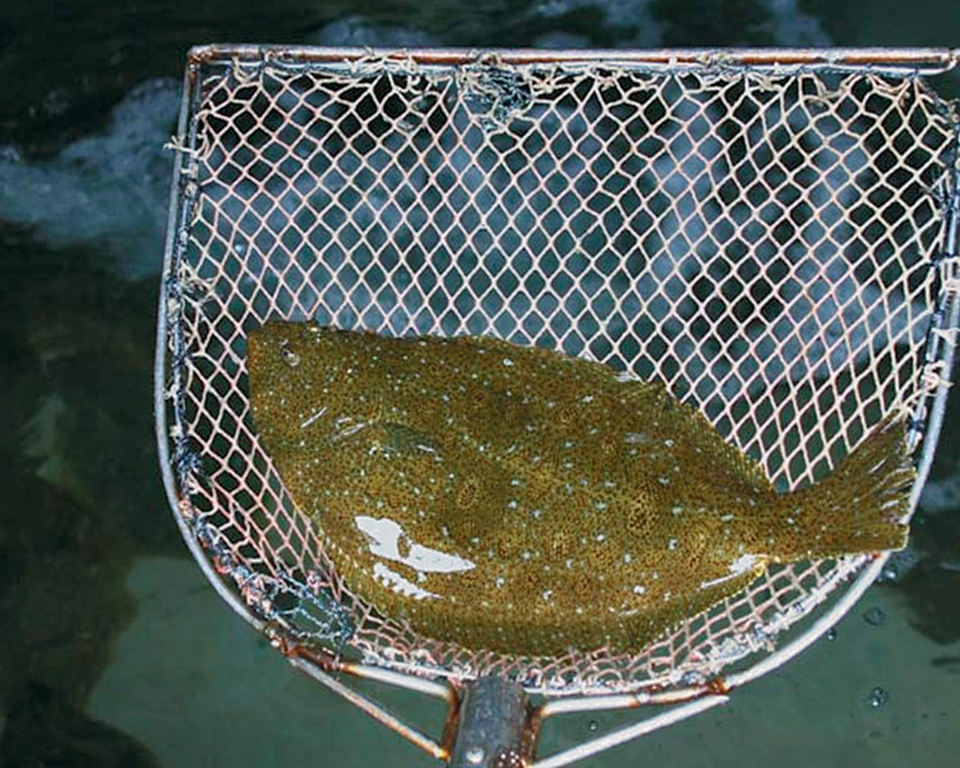
Health & Welfare
Dietary organic acids improve gut health, disease resistance in olive flounder
A study evaluated the effects of two organic acid blends on performance, gut health and disease resistance in olive flounder. The dietary organic acids were effective in lowering total gut bacterial counts, gut Vibrio counts and in conferring resistance against Edwardsiella tarda.
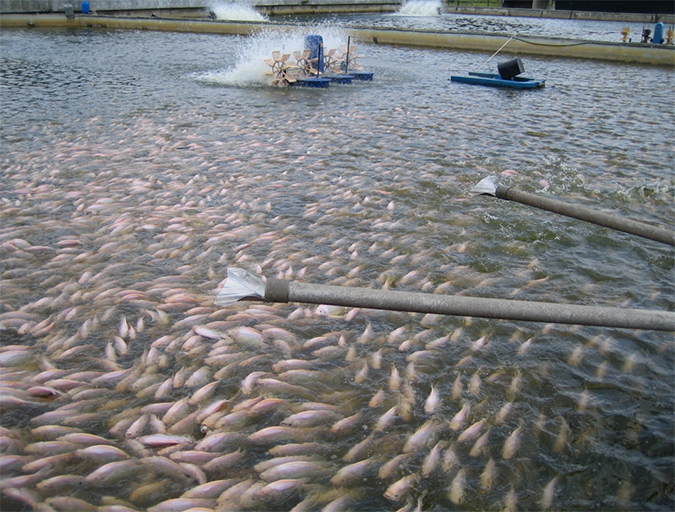
Health & Welfare
Dietary organic acids used as growth promoters, anti-microbials
A feeding trial measured growth, nutrient utilization and faecal/gut bacterial counts in triplicate groups of red hybrid tilapia (Oreochromis sp.). Study results show that dietary organic acids can potentially replace OTC as a growth promoter and anti-microbial in tilapia feeds.

Aquafeeds
A look at protease enzymes in crustacean nutrition
Food digestion involves digestive enzymes to break down polymeric macromolecules and facilitate nutrient absorption. Enzyme supplementation in aquafeeds is a major alternative to improve feed quality and nutrient digestibility, gut health, compensate digestive enzymes when needed, and may also improve immune responses.
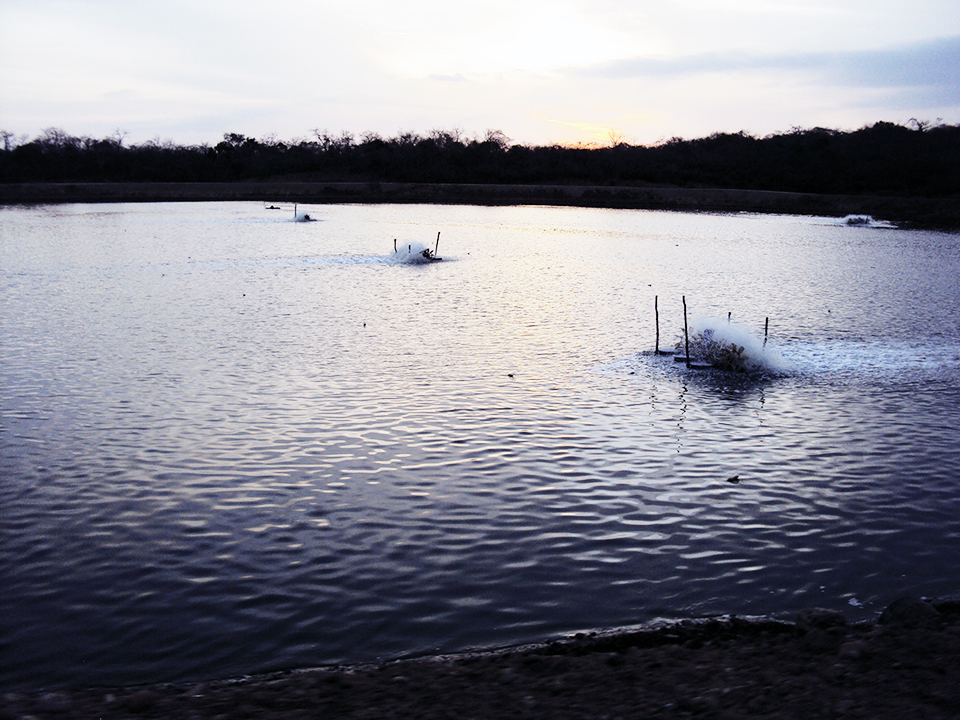
Health & Welfare
Beneficial microbes and pathogen control
A range of alternative products is available to improve animal health and water quality, and control pathogen loads. Beneficial microbes produce antimicrobial compounds and suppress pathogen proliferation.

